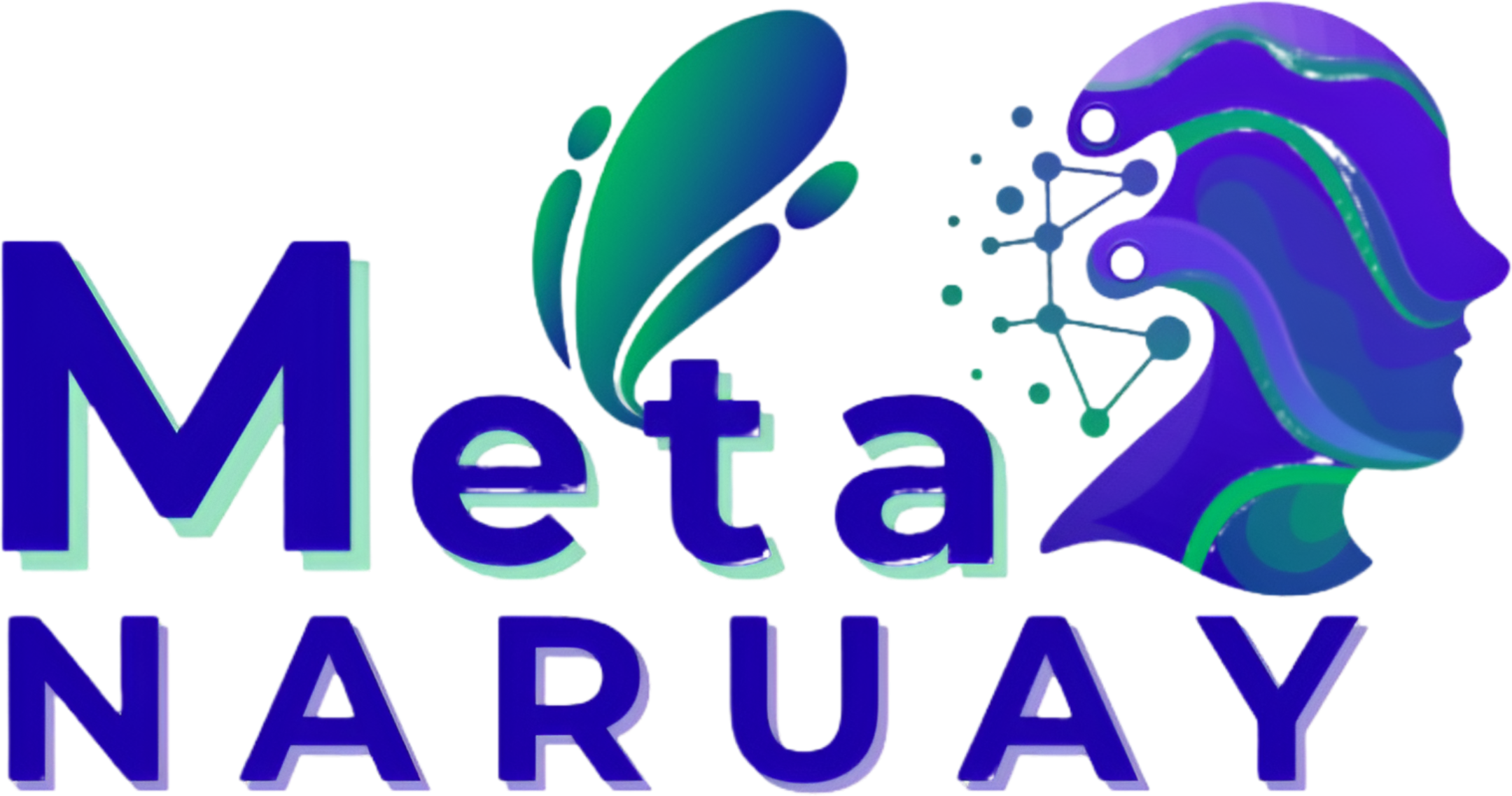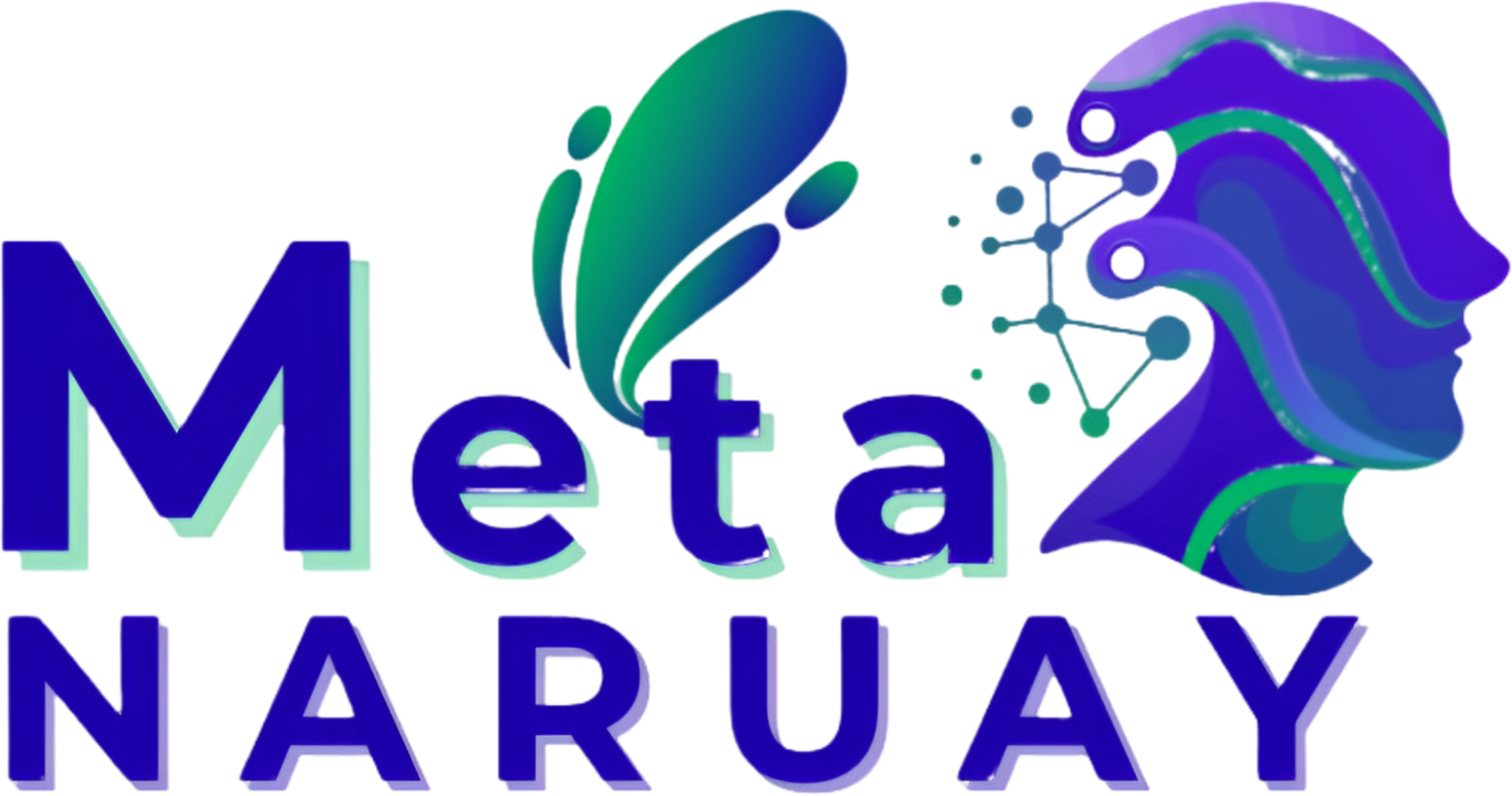The future of education is being actively shaped today by a wave of powerful technological advancements. Keeping an eye on the latest Edtech Market Trends is essential for understanding how learning will evolve in the coming years. These trends are the innovative forces that are sustaining the market's powerful 15.50% CAGR and guiding its journey towards a USD 705.75 billion valuation by 2034. They are moving the industry beyond simple content digitization and towards a future of truly intelligent, immersive, and personalized learning experiences. For educators, learners, and investors, these trends offer a glimpse into a more effective and engaging educational paradigm that is just beginning to unfold.
The most transformative trend shaping the future of Edtech is the deep integration of Artificial Intelligence (AI). AI is moving far beyond basic automation to become a true pedagogical partner. The key application is hyper-personalization, where AI algorithms create unique learning paths for each student, adapting in real-time to their performance. AI-powered tutors can provide instant, one-on-one feedback and support, 24/7. Furthermore, predictive analytics can analyze student data to identify those at risk of falling behind, allowing for early intervention. AI is also automating content creation and administrative tasks, freeing up educators to focus on the human aspects of teaching, such as mentorship and fostering critical thinking.
Another major trend is the rise of immersive learning through Augmented Reality (AR) and Virtual Reality (VR). These technologies are moving from being a niche novelty to a powerful educational tool, creating hands-on learning experiences that are highly engaging and effective. With VR, medical students can practice complex surgical procedures in a risk-free environment, history students can take a virtual field trip to ancient civilizations, and engineering students can deconstruct and interact with complex 3D models of machinery. AR can overlay digital information onto the real world, bringing textbook diagrams to life or providing interactive instructions for science experiments, making abstract concepts tangible and easier to understand.
Finally, the trends of microlearning and gamification are gaining significant traction, particularly in corporate training and consumer learning. Microlearning addresses the challenge of short attention spans by delivering educational content in small, bite-sized, easily digestible formats, such as short videos, quizzes, or flashcards. This makes learning more convenient and less overwhelming. Gamification incorporates game-like elements, such as points, badges, and leaderboards, into the learning process to increase motivation, engagement, and knowledge retention. Together, these trends are making learning a more enjoyable and continuous habit, seamlessly integrated into the daily lives of learners of all ages.
Explore Our Latest Trending Reports:




